Imagine a world where your restoration company is more hidden than a needle in a haystack. That’s often the reality in the digital realm without effective SEO! In this bustling online landscape, SEO is not just a buzzword; it’s a lifeline for your restoration business. It’s about ensuring your services shine online brighter than freshly restored antique furniture. Plerdy understands your digital issues, so we are diving into restoration company SEO with practical suggestions and industry insights. This guide is your first step toward digital domination. Stay tuned as we unveil seven transformative SEO strategies that promise to elevate your online presence and attract the customers you deserve.
Understanding the Basics of SEO in Restoration

In the restoration business, being visible online is as crucial as the quality of your work. But how do you make your company stand out in online competition? It’s simple: master the basics of SEO.
What is SEO for Restoration Companies?
The art and science of SEO is making your website Google-friendly. For a restoration company, this means tailoring your website’s content, keywords, and structure to what your potential customers are searching for. For instance, if someone types “water damage repair” into Google, you want your company to appear on that first search page. Why? Moz, a leading SEO software provider, reports that 71% of search traffic hits occur on the first page of Google. SEO involves more than just keyword stuffing. It’s about creating valuable content that answers your customers’ questions. Your website should be easy for search engines and customers to read and navigate. Whenever you optimize your website for SEO, you’re essentially putting up a digital signpost that says, “Hey, we’re here, and we can help!”
The Importance of SEO in Restoration Services
SEO is vital for restoration companies because it levels the playing field. You might have a smaller marketing budget, but you can compete with larger companies with smart SEO. It’s about being found when it matters most. HubSpot, a renowned marketing resource, reports that 75% of searchers never go past the first page. If you’re there, you’re taking advantage of a significant chunk of potential business.
SEO also helps in building trust. A high-ranking website appears more credible and trustworthy. Think about it: when you search for something online, are you more likely to trust a company on the first or fifth page?
Understanding SEO basics is the first step to online visibility, being found, trusted, and chosen. Restoration companies need SEO as a marketing strategy. Stay ahead of the game by continually optimizing your website and content. The best spot to hide a secret online is on the second page of Google. You want to avoid your restoration firm there.
Local SEO Strategies for Restoration Companies
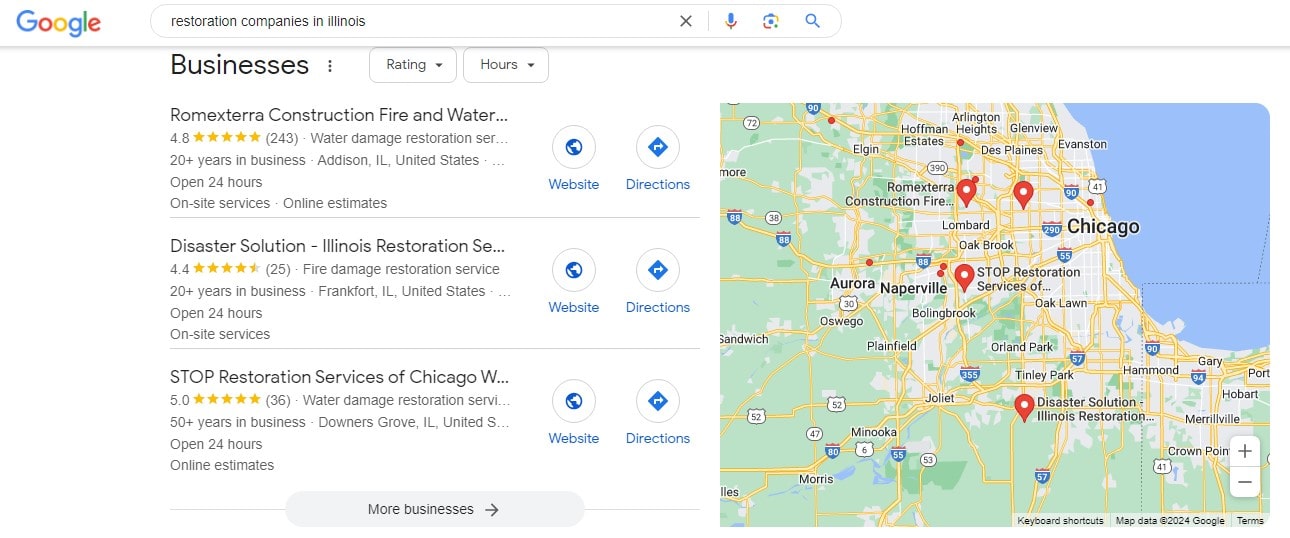
In a digital world where location is king, local SEO is your restoration company’s scepter. It’s not just about being seen; it’s about being seen by the right people – those in your community who need your services the most.
Optimizing for Google My Business
Google My Business (GMB) is a cornerstone of visibility for any local restoration company. It is free and lets you control your business’s Google Maps and search results. Accurate and comprehensive GMB listings can significantly improve local SEO performance. Ensure your business name, address, phone number, and operating hours are up-to-date. Encourage happy customers to post reviews to enhance your visibility and trustworthiness. According to BrightLocal, a leading local marketing software company, 87% of consumers read online reviews for local businesses in 2020.
But it’s about more than just filling out information. Regularly updating your GMB profile with posts about your services, special offers, and company news keeps your profile active and engaging, which is favored by Google’s algorithms.
Targeting Local Keywords and Phrases
When someone in your area needs restoration services, they’re likely to search for phrases like “water damage repair in [City Name]” or “local restoration services near me.” Local keywords must be included in website content, meta descriptions, and blog articles. This practice helps align your online presence with the specific queries people in your area are typing into search engines.
But be strategic – keyword stuffing can harm more than help. Instead, focus on naturally incorporating these terms in high-quality, informative content. Your site should assist locals and demonstrate to search engine authorities. Tools like SEMrush or Ahrefs can be invaluable in researching your business’s most effective local keywords.
That local SEO is a continuous effort. It’s about consistently ensuring your online presence is aligned with the needs and searches of your local community. By optimizing your Google My Business profile and smartly targeting local keywords, you’re not just improving your SEO – you’re building a bridge between your restoration company and the local community. Think of local SEO as your digital handshake, welcoming local clients to your services and establishing your business as a trusted local authority.
SEO-Enhanced Mobile Optimization for Restoration Companies
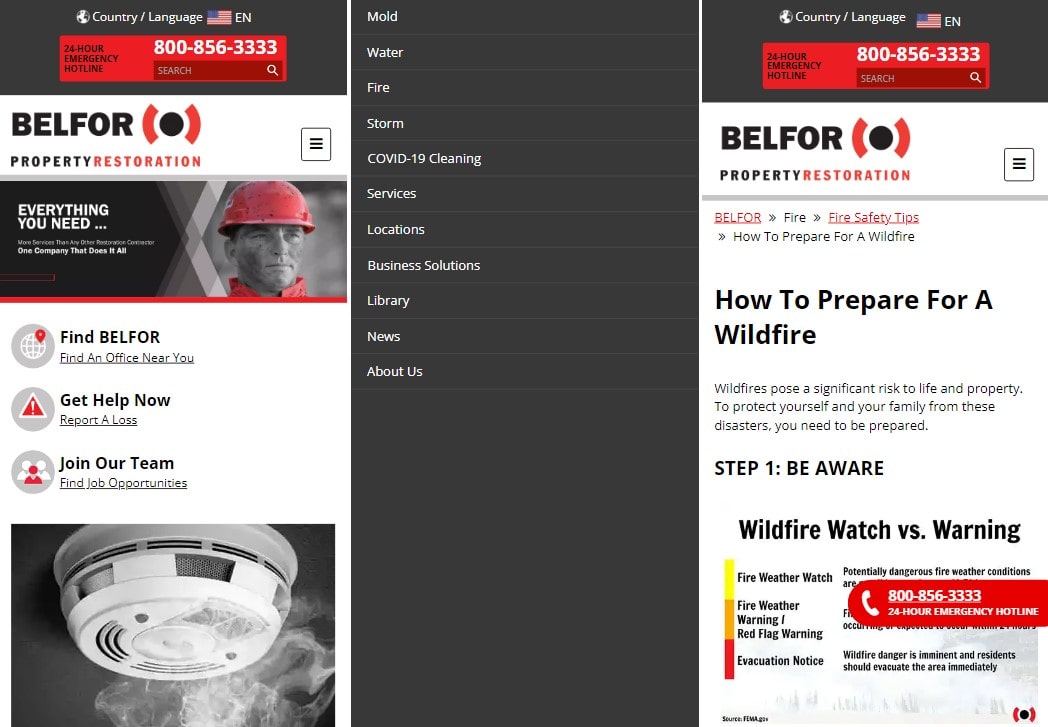
In the current digital era, where mobile searches predominate, SEO for restoration companies demands a mobile-optimized website. This isn’t merely a choice—it’s a fundamental requirement. For those in the restoration industry, your website is the primary connection point with clients, often in critical situations. Every interaction, whether a tap or a swipe, is pivotal, and ensuring your website is mobile-friendly is crucial for SEO success.
Responsive Design Tailored for SEO and Restoration Needs
The cornerstone of mobile optimization, especially for SEO in the restoration sector, is responsive design. This design approach guarantees that your website fluidly adapts to any device, whether a smartphone, tablet, or desktop. Such flexibility is vital for enhancing user experience and engagement, which are key factors in SEO. Restoration companies can use tools like Google’s Mobile-Friendly Test to evaluate and optimize their website’s mobile responsiveness. A website that’s challenging to navigate on mobile can drive potential clients to competitors, underscoring the need for a mobile-optimized site for effective SEO in restoration.
Enhancing Site Speed and UI for Better SEO in Restoration
Mobile website loading speed is crucial for SEO-focused restoration companies. A slow site can drastically increase bounce rates, which negatively impacts SEO. Google’s research indicates a 32% increase in bounce probability as page load time escalates from one to three seconds. Tools such as Google PageSpeed Insights are invaluable for analyzing and enhancing your site’s loading speed.
The mobile site’s user interface (UI) should be clear and user-friendly. Key elements include streamlining navigation, ensuring call-to-action buttons are prominent, and making contact information easily accessible. These features improve user experience and enhance SEO for restoration services.
Optimizing for mobile users transcends mere SEO ranking improvement; it’s about offering an accessible, seamless experience to potential clients. In the restoration industry, where time is often critical, a mobile-optimized website can be a decisive factor for clients choosing your services. A fast, responsive, and user-friendly mobile site is essential for meeting your customers’ needs and excelling in SEO for restoration companies.
Enhancing SEO Through Targeted Content Creation in the Restoration Industry
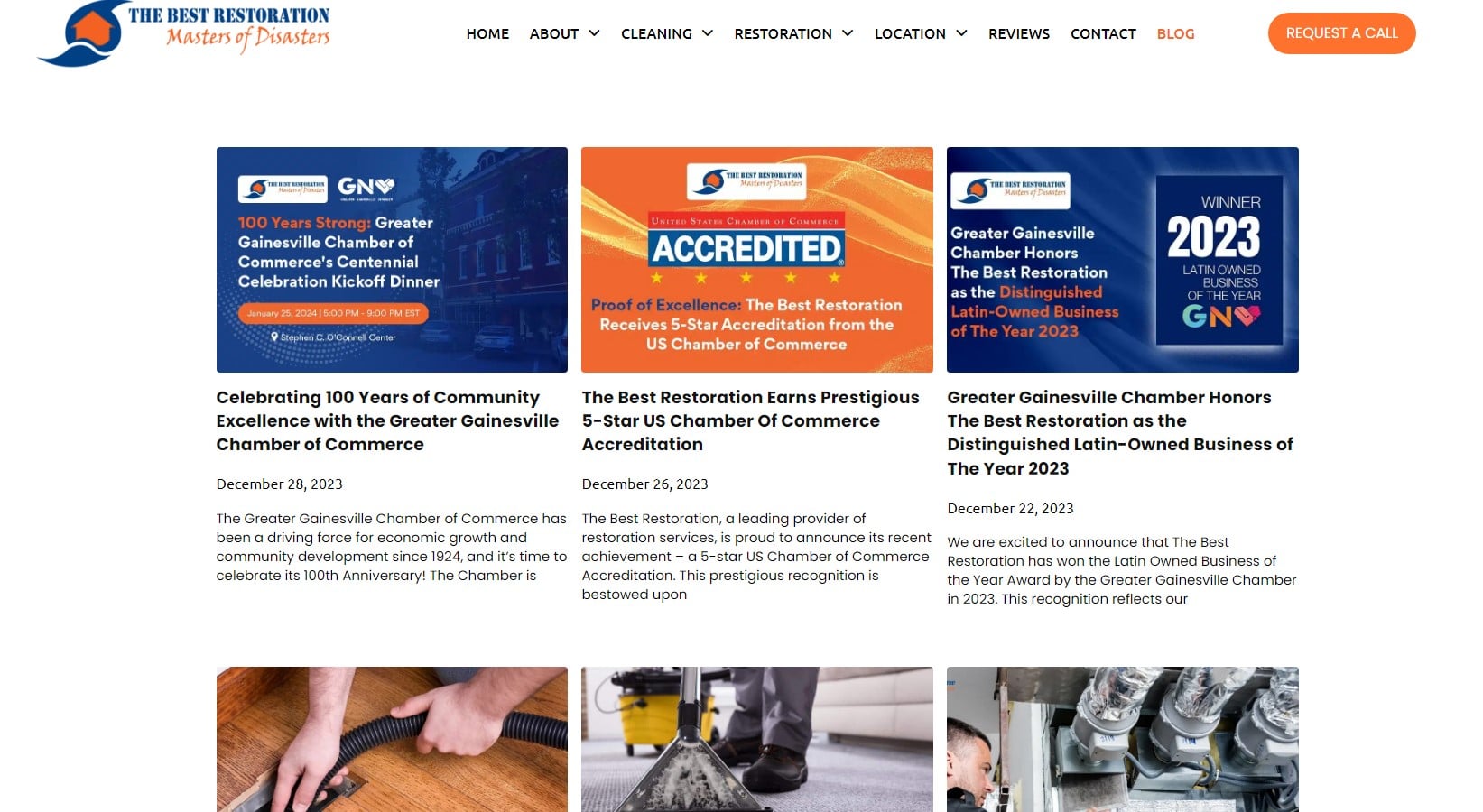
In the highly competitive world of restoration services, distinguishing your company is key. Leveraging quality content is essential, especially when focusing on SEO for restoration companies. Your content shouldn’t merely populate your website; it should resonate with your target audience and significantly boost your restoration-focused SEO.
Diversifying Content to Boost Restoration SEO
When developing content for a restoration company, variety is crucial. Start with blog posts that delve into common problems and innovative solutions in the restoration field. Topics could range from “Effective Water Damage Restoration Techniques” to “Emerging Trends in Restoration Technology.” These articles should be engaging and informative, serving dual purposes: enhancing SEO for your restoration business and establishing your brand as an authority in the restoration industry.
Beyond text, consider incorporating videos and infographics. Videos can vividly showcase your restoration work, like dramatic before-and-after transformations, or can demystify complex restoration procedures. Infographics are great for visually presenting restoration processes or data. According to HubSpot, visually rich content significantly increases views, an important factor in SEO for restoration services.
Strategic Keyword Integration for Restoration SEO
Restoration companies’ SEO relies on carefully including keywords in their material. Use SEMrush or Moz to find keywords for your restoration services that potential clients may look for. Once identified, weave these keywords naturally into your content, avoiding the pitfall of keyword stuffing, which can be penalized by Google’s algorithms.
Your article should address potential restoration clients’ questions and needs. This strategy improves user experience, a crucial Google ranking metric, and SEO for your restoration firm.
Creating quality content in the restoration industry is a strategic balance of art and SEO science. It’s about understanding your audience’s needs and effectively using SEO to enhance your restoration company’s online presence. Your content should reflect your expertise in the restoration field and aim to engage, inform, and convert your audience. In digital marketing, particularly in SEO for restoration companies, powerful content is paramount. Ensure that your content stands out, reinforcing your position in the competitive restoration industry.
Leveraging Social Media and Reviews
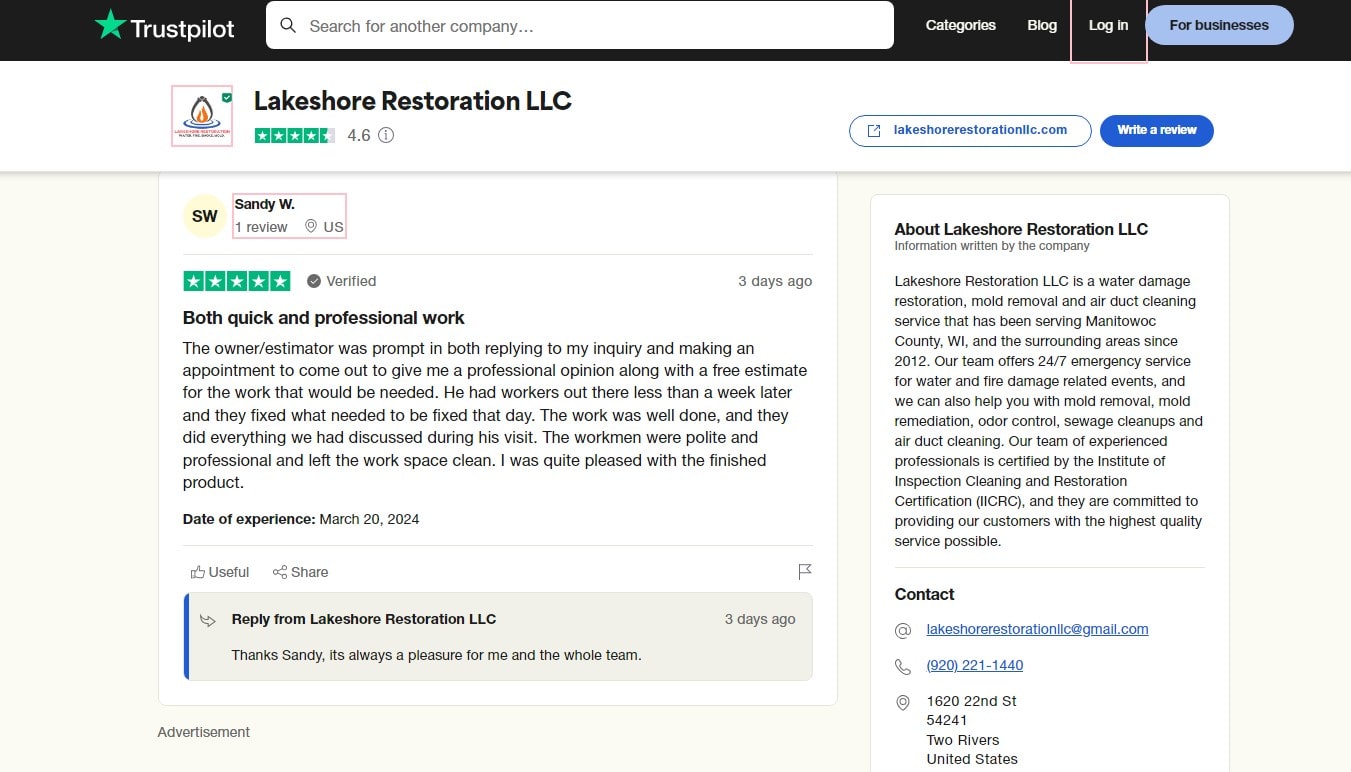
In the digital era, social media and online reviews are not just platforms for socializing but powerful tools for business growth. For restoration companies, they can be the difference between being a local favorite or just another option.
Social Media Strategies for SEO
Social media platforms are invaluable for increasing your brand’s online visibility and engagement. Regularly posting before-and-after photos of your restoration projects, sharing customer testimonials, and providing helpful tips can significantly enhance your brand’s appeal. Platforms like Facebook, Instagram, and LinkedIn offer unique ways to connect with different audiences. According to Sprout Social, social media directly influences the buying decisions of 71% of consumers. Use these channels to demonstrate your knowledge, interact with followers, and increase website traffic.
The Impact of Online Reviews on SEO
Online reviews are critical in shaping your company’s reputation. Ask satisfied customers to leave positive reviews on Google My Business, Yelp, and Facebook to boost your credibility and SEO. BrightLocal reports that 87% of 2020 consumers read local business reviews online, and Google prioritizes high-rated businesses. Respond to positive and negative reviews to indicate that you value client input and are committed to providing outstanding service.
Any restoration firm looking to improve its SEO and online visibility must use social media and reviews. These platforms offer direct channels to engage with your audience, showcase your work, and build a trustworthy reputation. Regularly updating your social media with relevant content and actively managing your online reviews can significantly impact your SEO efforts. In digital marketing, online interactions are as vital as service quality.
Advanced SEO Techniques
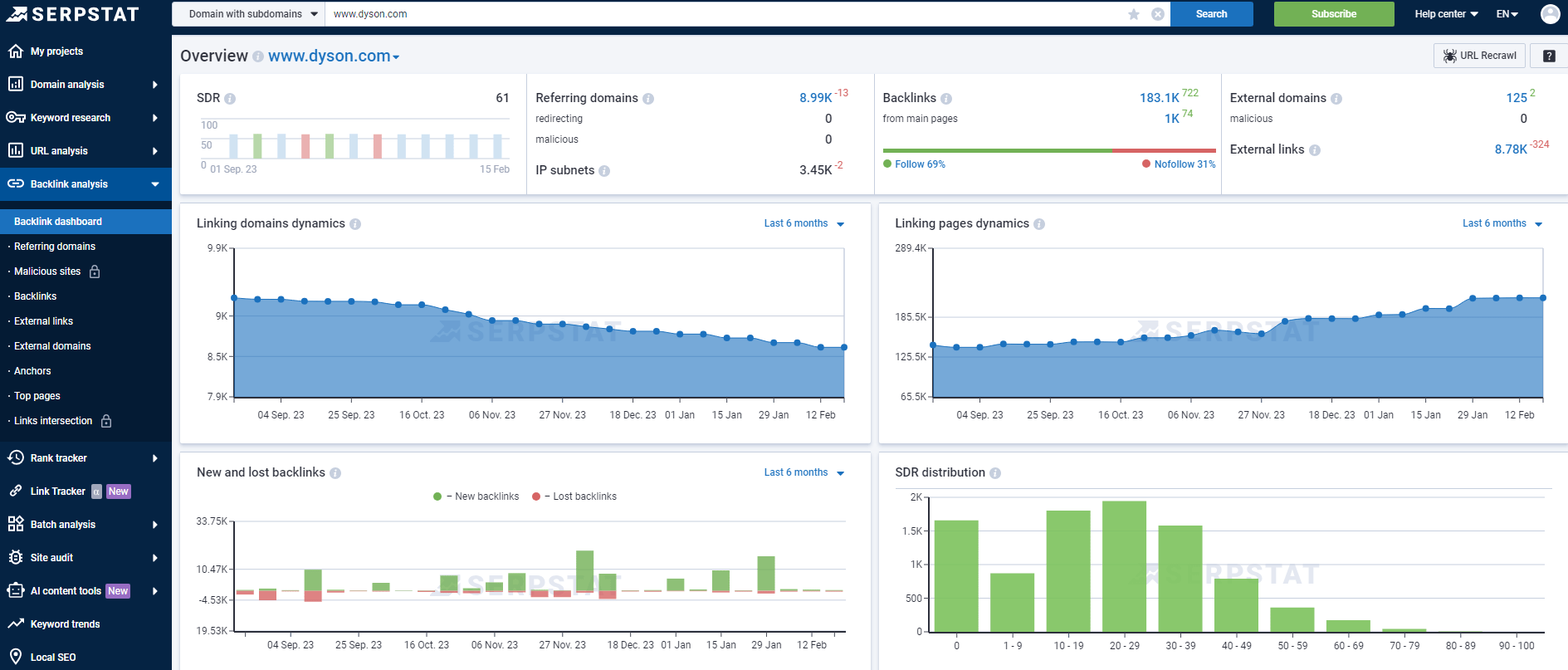
To truly excel in the digital space, restoration companies must embrace advanced SEO techniques. It’s like finding the hidden paths in a dense forest – tricky, but with the right skills, you can navigate to the top of search rankings.
Technical SEO Explained
Technical SEO refers to optimizing your website’s infrastructure. This includes improving site speed, ensuring mobile responsiveness, and securing your site with HTTPS. Google’s algorithm prioritizes websites with fast loading times and offers secure, mobile-friendly user experiences. Technical SEO encompasses using structured data and schema markup to enhance search engine comprehension of the content on your web pages. Implementing these elements correctly can enhance your visibility in search results and is essential for competing in today’s digital landscape.
Link Building Strategies
Link building is about acquiring hyperlinks from other websites to your own. It’s a vote of confidence from one site to another and a crucial factor in Google’s ranking algorithm. Start by creating high-quality, informative content that other websites naturally want to link to. Engaging in genuine outreach to related businesses and industry influencers can also help build these valuable links. Remember, it is not just the quantity of links but the quality that matters. Moz, a leader in SEO software, emphasizes the importance of high-quality backlinks from reputable and relevant websites.
Advanced SEO techniques are about fine-tuning the technical aspects of your site and building a network of quality backlinks. By focusing on these areas, you’re not just chasing the latest SEO trends but establishing a strong foundation supporting all your digital marketing efforts. Keep in mind that SEO is a long-term game. Patience and persistence, coupled with advanced strategies, will ultimately lead your restoration company to a prominent position in the online world.
Monitoring and Adapting SEO Strategies
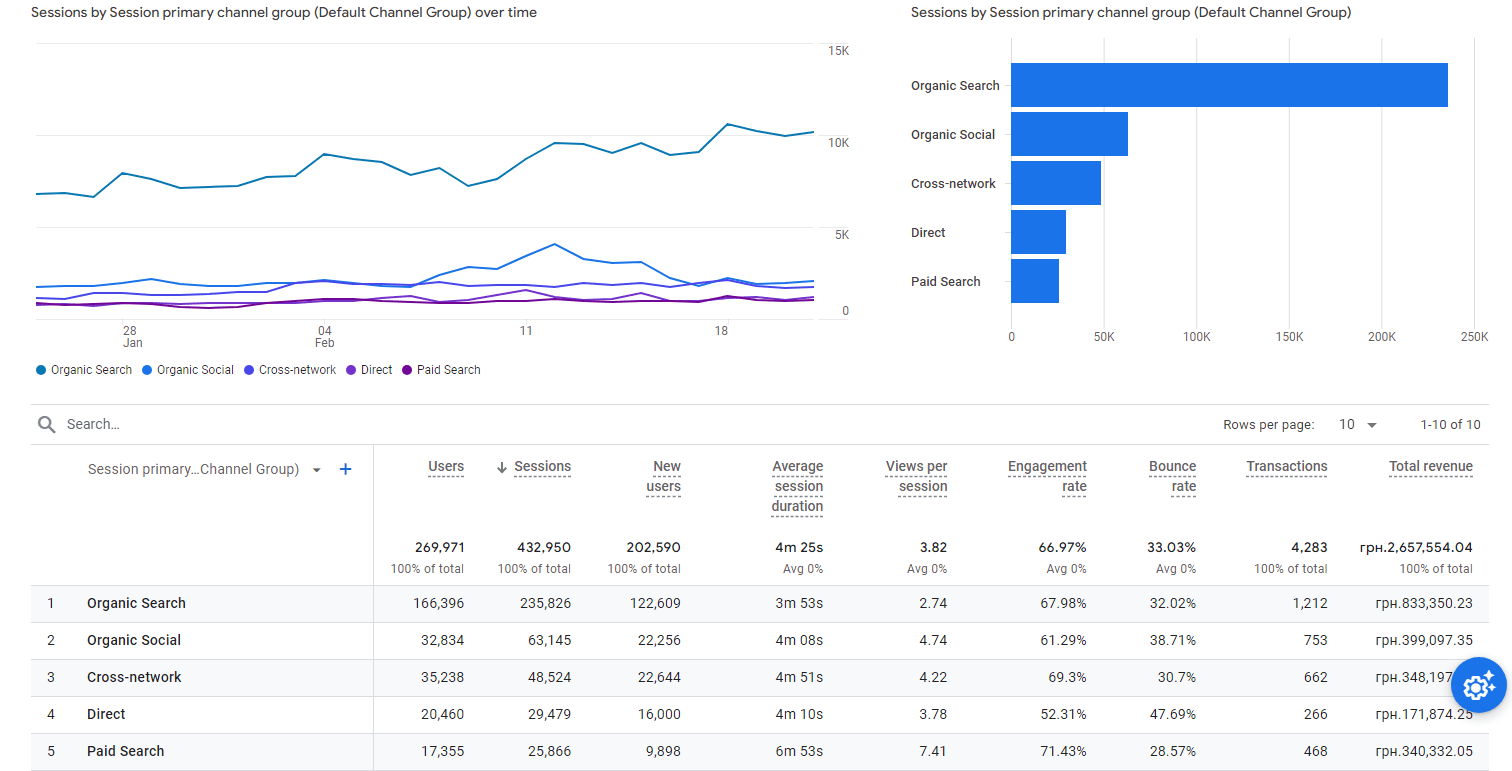
SEO is not a set-it-and-forget-it strategy. Like the ever-changing landscape of the internet, your SEO tactics must evolve. It’s like navigating through shifting sands – constant monitoring and adaptation are key to staying on course.
Regularly analyzing your website’s performance is crucial. Tools like Google Search Console and Google Analytics offer insights into your site’s traffic, keyword rankings, and user behavior. These tools let you know what is working and what is not, guiding your SEO strategy.
It’s also important to keep up with the latest SEO trends and algorithm updates. The digital world is dynamic, and search engines like Google frequently update their algorithms. Staying informed through resources like Moz or Search Engine Journal can help you adapt your strategies to these changes.
The effectiveness of your SEO strategy depends on your ability to monitor its performance and adapt to new developments. It’s a continuous process of analysis, learning, and refinement. The goal is not just to reach the top of the search rankings but to stay there. Adaptability is not just an advantage in SEO; it’s a necessity.
Conclusion
In the journey to SEO mastery, the path continues. Like any skill, it requires dedication, adaptability, and continuous learning. For restoration companies looking to thrive in the digital landscape, embracing and implementing these SEO strategies is just the beginning. But why stop at SEO? The digital world is vast, with countless strategies to explore. Hungry for more insights? Dive into Plerdy’s treasure trove of articles; each piece is a stepping stone to digital marketing success. And remember, Plerdy is here to help, offering tools and insights to make your digital journey smoother. Take the next step with Plerdy, where every click leads to a new opportunity.
